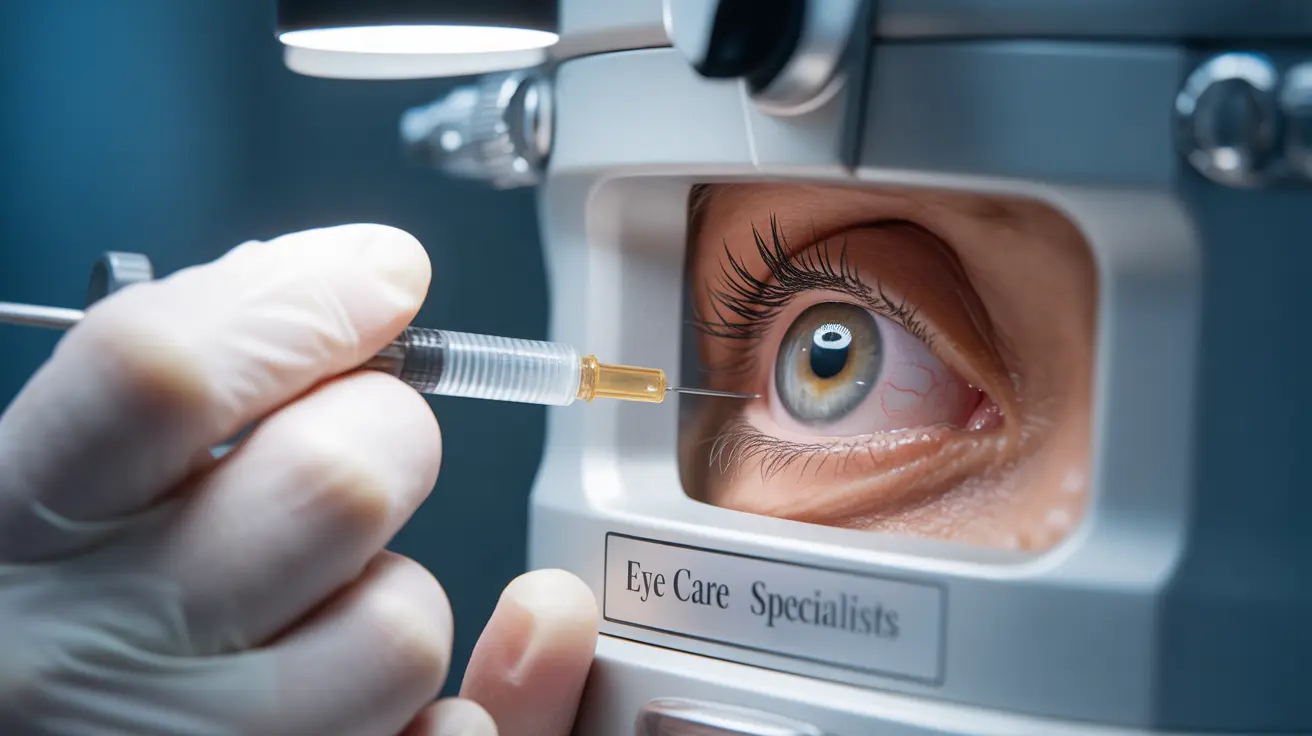For individuals living with diabetes, protecting eye health is crucial as the condition can lead to serious vision complications. Eye injections have emerged as a vital treatment option for managing diabetic eye diseases, particularly diabetic retinopathy and macular edema. Understanding these treatments can help patients make informed decisions about their eye care.
This comprehensive guide explores how eye injections work, what to expect during treatment, and their effectiveness in preserving vision for diabetes patients.
Understanding Eye Injections for Diabetes
Eye injections, also known as intravitreal injections, deliver medication directly into the vitreous cavity of the eye. These treatments primarily use anti-VEGF (Vascular Endothelial Growth Factor) medications to address vision problems caused by diabetes complications.
The most commonly used medications include:
- Aflibercept (Eylea)
- Ranibizumab (Lucentis)
- Bevacizumab (Avastin)
How Eye Injections Work
Anti-VEGF medications work by blocking the formation of abnormal blood vessels in the retina, which can leak and cause vision problems. These medications help reduce swelling, prevent further damage, and in some cases, can improve vision.
Treatment Process
The injection procedure typically follows these steps:
- Numbing drops are applied to the eye
- The eye area is cleaned with antiseptic
- A small device holds the eye open
- The medication is injected into the white part of the eye
- The entire process takes about 15-20 minutes
Benefits of Eye Injections
Eye injections offer several important benefits for diabetes patients:
- Reduction in retinal swelling
- Prevention of vision loss
- Possible vision improvement in some cases
- Targeted treatment delivery
- Minimal systemic side effects
Treatment Schedule and Management
The frequency of eye injections varies depending on individual needs and response to treatment. Initially, patients might need monthly injections, with the interval potentially extending as the condition stabilizes. Regular monitoring helps determine the optimal treatment schedule.
Side Effects and Safety Considerations
While eye injections are generally safe, patients should be aware of potential side effects:
- Temporary eye redness
- Mild discomfort
- Small subconjunctival hemorrhage
- Rare risk of infection
- Temporary pressure increase in the eye
Frequently Asked Questions
What are eye injections for diabetes and how do they help treat diabetic retinopathy and macular edema?
Eye injections deliver anti-VEGF medications directly into the eye to reduce swelling and prevent abnormal blood vessel growth caused by diabetic retinopathy and macular edema. They work by targeting specific proteins that contribute to these conditions.
How often do patients typically need to receive eye injections for diabetic eye complications?
Treatment frequency varies by patient, but typically begins with monthly injections for the first few months. After initial treatment, the interval may be extended based on the patient's response and condition stability.
What are the common side effects and risks associated with anti-VEGF eye injections for diabetic retinopathy?
Common side effects include temporary eye redness, mild discomfort, and slight bruising. Serious complications like eye infection are rare but possible. Most side effects are mild and resolve within a few days.
How painful is the eye injection procedure and what should I expect during treatment?
The procedure is generally well-tolerated thanks to numbing drops. Patients typically feel pressure rather than pain during the injection. The entire process is quick, usually taking about 15-20 minutes from start to finish.
Can eye injections improve vision or just slow the progression of diabetic eye disease?
While eye injections primarily aim to prevent further vision loss, some patients may experience vision improvement, particularly if treatment begins early. Results vary by individual and depend on the severity of the condition when treatment starts.




